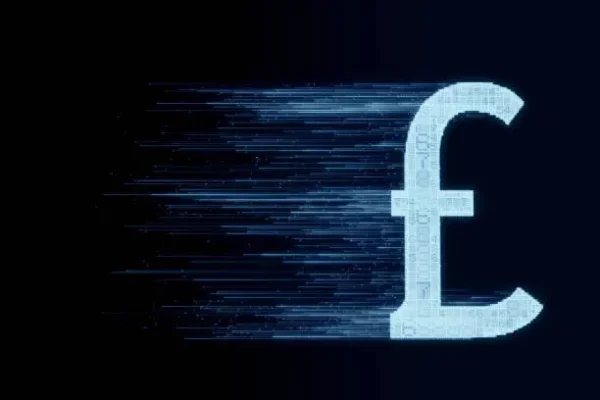
Understanding the MACH architecture
Over the last few years, there has been a heightened focus on developing comprehensive digital experiences. In order to roll out new features and services in a timely manner, organisations need to emphasise agility and the ability to repurpose existing resources. Consequently, applications are increasingly being developed in a modular fashion, often leveraging pre-built microservices and integrating popular SaaS offerings to prevent redundant work.
MACH represents an architectural approach that seamlessly integrates with prevailing trends, encompassing Microservices-based, API-first, Cloud-native, and Headless principles. The epicentre of this movement is The Mach Alliance, a consortium of API-first enterprises that adhere to these fundamental beliefs. Presently, MACH is gaining prominence as an increasing number of API-first companies join the market and the desire for cloud-native solutions grows.
What is MACH?
MACH has become a popular software architecture style utilised by various commerce and digital experience tools. In order to gain a deeper understanding of MACH, it is essential to comprehend the fundamental principles of microservices, API-first, cloud-native, and headless. Let’s begin by dissecting these well-known concepts:
– Microservices: In contrast to monolithic development, a microservices architecture arranges functionality into self-contained, specialised components. This enhances reusability and enables more frequent, targeted software updates.
– API-first: API-first takes the design-first approach a step further by prioritising the consumption model, the API, over other considerations such as the application or UI. Web APIs have become widespread for connecting a microservices ecosystem and exposing data and functionality to partners and public consumers.
– Cloud-native: This term encompasses projects that are specifically designed to leverage the elasticity and scalability of the cloud.
– Headless: Headless involves separating the front end, or “head,” from the back end. By decoupling development in this manner, websites and apps are better equipped to accommodate multiple platforms and devices.
Future of MACH
With the rise of composable architecture, the MACH approach is becoming increasingly appealing to cloud-native leaders who recognise the benefits of assembling applications using pre-fabricated building blocks. This approach is especially suitable for greenfield development, offering a fresh start for integrating new technology.


